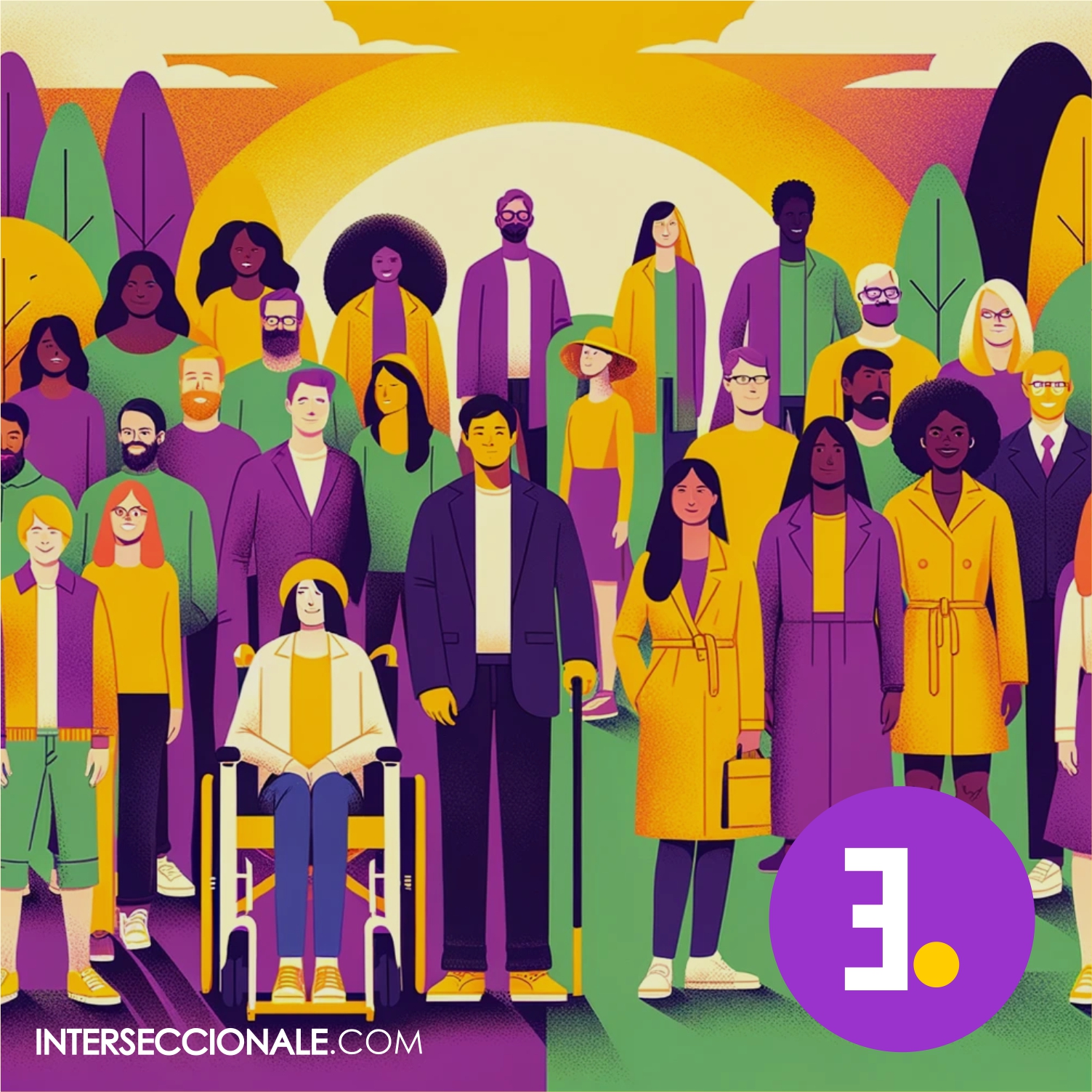Disability is not always visible. Society often overlooks or misinterprets the experiences of those living with non-visible conditions. This publication seeks to shed light on these realities, promoting greater understanding and empathy towards individuals with disabilities, both visible and non-visible.
Non-visible conditions and disabilities encompass a wide range of diagnoses, such as developmental disorders, chronic or neurological diseases, which are not immediately apparent. These may include, for example, depression, autism, or fibromyalgia.
Individuals living with these conditions often face unique challenges related to the lack of awareness about their condition, leading many to choose not to disclose this information. The primary barriers faced, such as stigma and a lack of social understanding, can lead to invisibility and isolation. Furthermore, they encounter obstacles in accessing necessary accommodations or appropriate support, both in the workplace and in social settings.
Developing strategies for greater inclusion is crucial. This includes educating and raising awareness in society, implementing inclusive policies in workplaces and educational spaces, and fostering an environment of support and understanding at a social level.
Recognizing and valuing diversity in all its forms is essential to building a more inclusive society. Let us broaden our perspective and take action to ensure that all individuals, regardless of the visibility of their disabilities, are respected and supported.

#Interseccionale #InvisibleDisabilities #InvisibleIllness #ChronicPain #ChronicIllness #InvisibleDisability #Disability #Fibromyalgia #DisabilityAwareness #Spoonie #Disabled